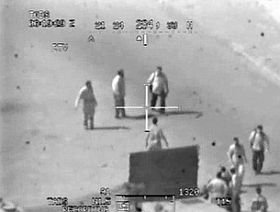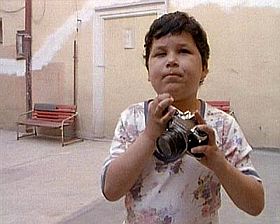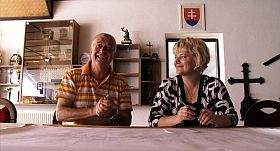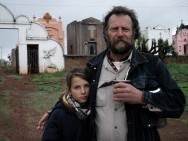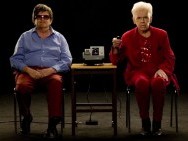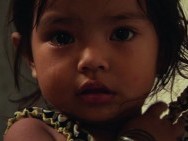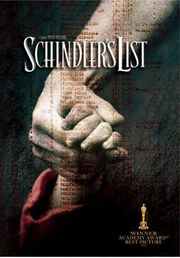


Christian Sønderby Jepsen: Min fætter er pirat
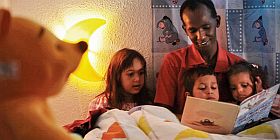
Det kan godt være, at rammen er faderens godnathistorie for børnene, at meningen er at fortælle en moderne Robin Hood historie, som det stod i DFI pressemeddelelsen i november, eller vel nærmere berette en nutidig sørøverhistorie. Så vidt så godt. Det kan også være, at Sønderby Jepsen med Henrik Bohn Ipsens stilrene og selvfølgelig fejlfrie billeder har villet noget særligt med en meget bevidst iscenesat dokumentarisk metode, hvad Tue Steen Müller er inde på sin anmeldelse af hans første film, Side by side (2008), hvor han i den films ”gennemførte mise-en-scene stil, i en lovende debut, erindres om Jon Bang Carlsens tidlige film.”
Men der er noget galt. Sønderby Jepsen griber tilsyneladende forkert. Han har jo været bundet af sin hovedperson, som havde historien og som kunne føre ham til dens location i Somalia. Imidlertid fungerer Farah ikke som fascinationssamlende fortæller. Han forbliver ordentlig læge og pæn skolelærer filmen igennem. Uden ridser i lakken og uden at udfordre os det allermindste. Og filmen om ham og med ham leverer ikke én ægte scene, bortset fra en tur ud til et kapret fiskefartøj, hvor han ikke er med, et besøg i et fængsel og så en en kort samtale med en flok børn, dette sidste kan han! Som medvirkende i alle de andre iscenesatte afsnit er han ikke stærk nok, vil være så præcis, men er overforenklende, pædagogiserende, moraliserende.
Hans fortælling er hovedproblemet, et problem inde i selve sproget. Hans sprog er ikke kun enkelt, dagligt sprog. Det er et nedredigeret sprog forenklet så meget, at det knækker. Det bliver til en forklaring for børn, som i sin korrekthed må kede også dem. Det er værst i monologafsnittene, så snart han taler sit eget sprog i dialogerne, bliver det bedre, og som nævnt lykkes det også i spillet i et par scener. Men vide det, kan man ikke, henvist som man er til de danske undertekster, hvor oversætteren også så gerne vil forklare og forenkle. Scenerne med dialog er dertil instruerede til en tilstand, hvor nærvær og autenticitet er fordampet. Tilbage er en sær stivhed af omhyggelig illustration.
Christian Sønderby Jepsen: Min fætter er pirat, Danmark 2010. Fotografi: Henrik Bohn Ipsen. Medvirkende: Nasib Farah og hans fætter Abdi. Produktion: Monday Media. Sendt for nylig på DR2 Dokumania. Distribueres på www.filmstriben.dk
